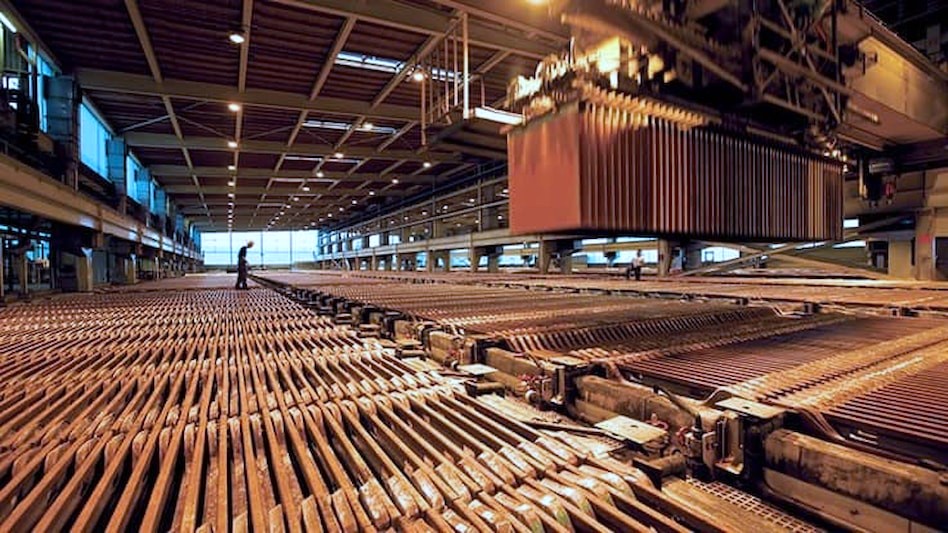
The transition to renewable energy systems is vital to combat the rise of Greenhouse Gas (GHG) emissions and climate change, and copper is an essential metal in delivering a solution to accelerate the transition. The modernisation of energy infrastructure, including new power transmission and power distribution networks depend on copper. Furthermore, the demand for copper is accelerating based on the growth in new markets such as the consumer electronics market, which is growing by 2.3% Compound Annual Growth Rate (CAGR) and the Industrial Internet of Things, which is growing by 23.1% CAGR.
Data Sources: Audited Annual Reports 2010-2022. It is important to note that the Kamoa-Kakula copper mine, which is owned by Ivanhoe, Zijin and the government of the Democratic Republic of Congo (DRC), will join this list within the next 2 years. The mine is currently in development phase and will become the second largest copper mine in the world, producing 200K metric tonnes of copper within the next 2-3 years and ramping up production to 800K metric tonnes of copper supply within the next 5-7 years.
We have collected data from the audited annual reports for 16 of the largest copper mining companies in the world. These companies collectively produced 12.2 million metric tonnes of copper in 2022, which represents close to 58% of global copper production and they have increased copper supply by 20.7% since 2010. The largest copper producer in the world is now Freeport-McMoran followed by BHP, and Codelco, which is owned by the Chilean government. The companies that have achieved the highest growth in copper production have been Zijin Mining followed by First Quantum Minerals.
Companies in the copper mining industry have been investing in solutions to increase copper supply, improve operating performance, and reduce GHG emissions. Many of the largest mines in the world are located in countries where there is a structural deficit of refined petroleum fuels. This structural deficit leads to unreliable sources of energy and high cost of importing refined fuels such as diesel. The most innovative mining companies overcome this challenge by working with Original Equipment Manufacturers (OEM) to electrify their mining fleet and switching to renewable energy.
The majority of preventable GHG emissions in mining are caused by diesel emissions from mining trucks, excavators, and backup generators that power processing plants in rural a. The sulphur content in diesel causes a number of problems such as Sulphur Dioxide (SO2) emissions, which causes acid rain and increases maintenance costs by accelerating the erosion of engine components. The Particulate Matter (PM) from diesel emissions also causes respiratory diseases, which negatively impacts the health and safety environment for employees.
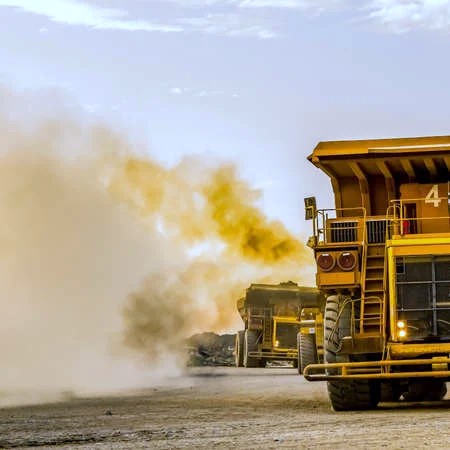
By working with OEMs to electrify mining equipment, companies in the copper mining industry can improve the operating efficiency, productivity, profitability, and occupational health and safety environment at their mining operations. It’s not yet possible to eliminate the use of fossil fuels in mining as petroleum products such as lubricants are needed to extend the useful life of locomotives and machinery. That said, electrification solutions provide environmental and financial benefits to mining companies that want to accelerate the transition to renewable energies and low-emissions mining.
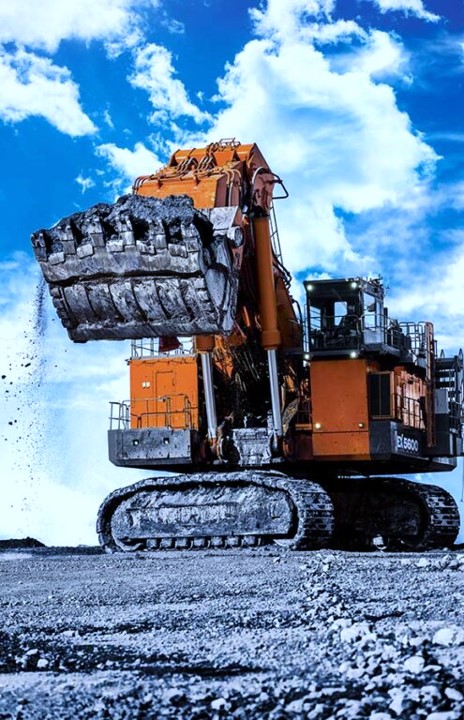
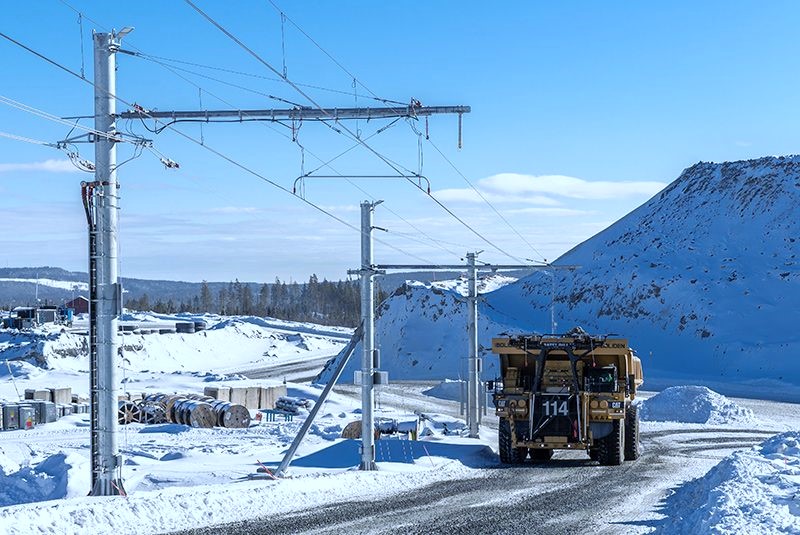
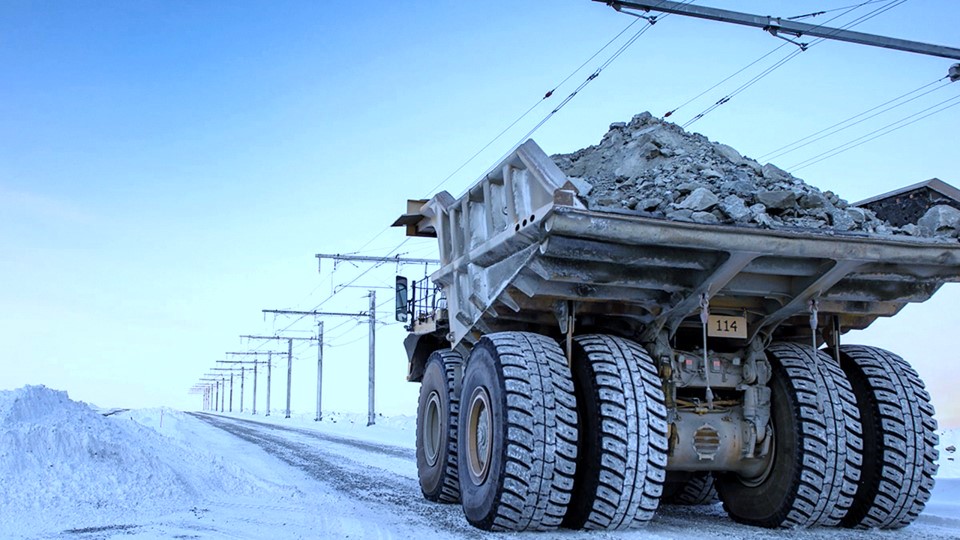
copyright Authentic Evidence Limited
Over the last decade, First Quantum Minerals has emerged as the industry leader in the electrification of mining fleet by using Trolley Assist (TA) technology. In Zambia, they have cut their GHG emissions by 25K tonnes CO2-equivalent per year by switching from diesel to 85% renewable energy from solar and hydro power. The Swedish mining company, Boliden, has demonstrated success with TA technology in colder operating environments at their Kevista copper mine in Finland. The use of TA technology instead of diesel has lowered operating costs and improved energy efficiency.
With the most of the developed world focussing on reducing GHG emissions by transitioning to cleaner energy, copper mining companies play a key role in accelerating the transition to renewable energy systems. To achieve progress, the world needs to fund an increase the supply of copper in a responsible and sustainable way. By switching from diesel to electrified mining equipment, mining companies can extend the economic useful life of locomotives and machinery, increase haulage performance, reduce GHG emissions, improve energy efficiency, and generate higher profits in supplying copper.